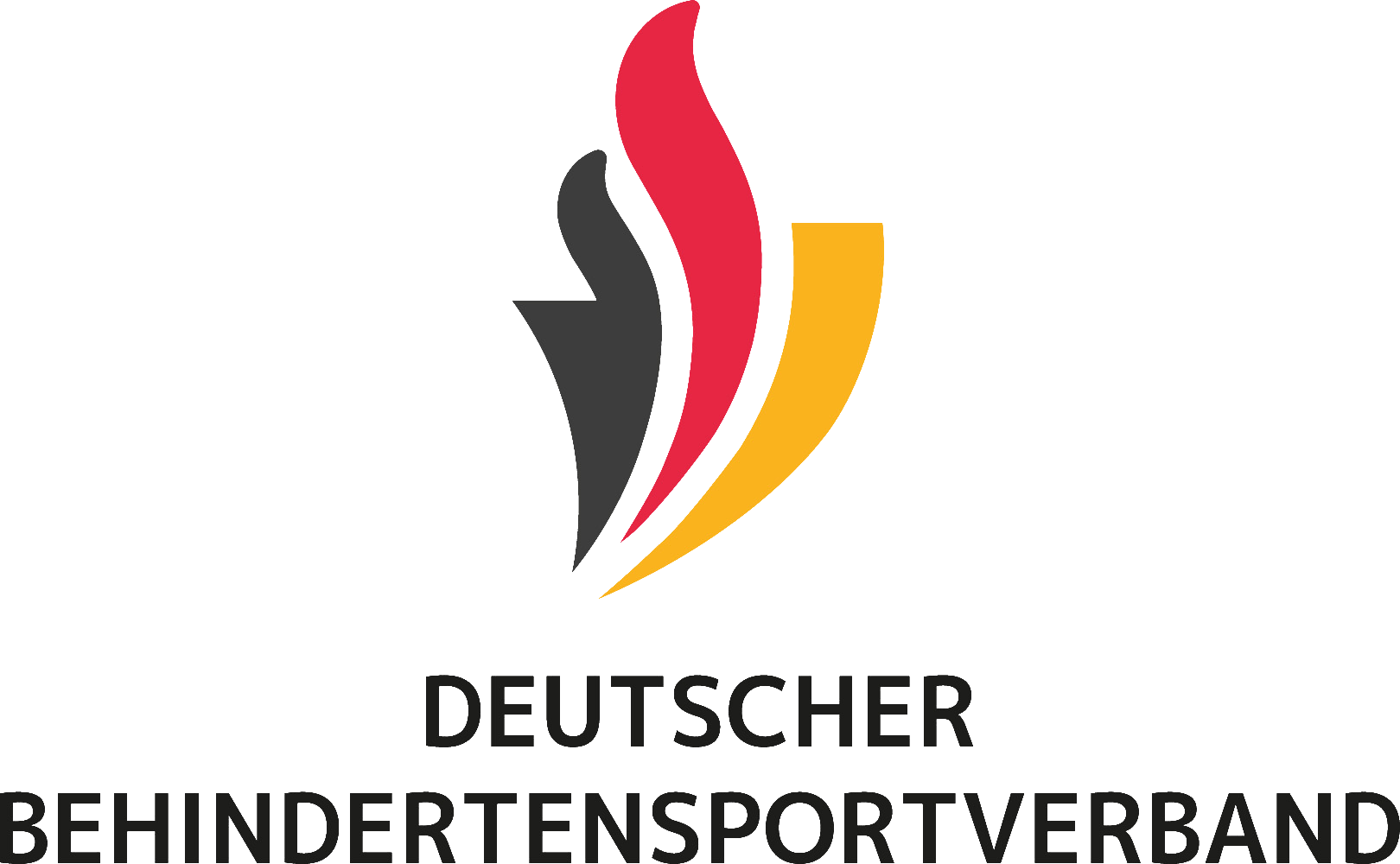The gold rush in para swimming: changes in the speed curve of a visually impaired world and Paralympic champion - a case study
(Der Goldrausch im Para-Schwimmen: Veränderungen in der Geschwindigkeitskurve eines sehbehinderten Welt- und Paralympics-Siegers - eine Fallstudie)
This case study examined the association between 50 m freestyle and speed curve parameters of a world-class Paralympic swimmer and analysed the changes in speed curves and their frequency components across her performance levels. From 2018 to 2021, a visually impaired female swimmer (26.59 s in 50 m freestyle, S12 class) underwent 22 tests to obtain instantaneous speed synchronised with video recording. She regularly performed 50 m freestyle in competitions and time trials. The fast Fourier transformation method converted the speed signal into frequency domains and determined the relative contribution of the harmonics with two maxima and minima (H2, arms actions) and six maxima and minima (H6, legs actions). The functional paired t-test compared the speed curves at the beginning (PRE) and end (POST) of the analysed period. The 50 m freestyle time correlated with average speed (r = -0.50, p = 0.02). The contribution of H6 increased in the first year and remained large, whereas the contribution of H2 was lower throughout the whole period. POST was faster than PRE in five moments that coincide with the downward leg kick moments. These changes allowed her to stay longer at the upper part of the curve and improve performance over time.
© Copyright 2023 Sports Biomechanics. Routledge. Alle Rechte vorbehalten.
| Schlagworte: | Behindertensport Schwimmen Kraulschwimmen Video Analyse Frequenz Geschwindigkeit Leistung Wettkampf |
|---|---|
| Notationen: | Behindertensport Ausdauersportarten |
| Tagging: | Blinde |
| DOI: | 10.1080/14763141.2023.2221680 |
| Veröffentlicht in: | Sports Biomechanics |
| Veröffentlicht: |
2023
|
| Dokumentenarten: | Artikel |
| Sprache: | Englisch |
| Level: | hoch |
